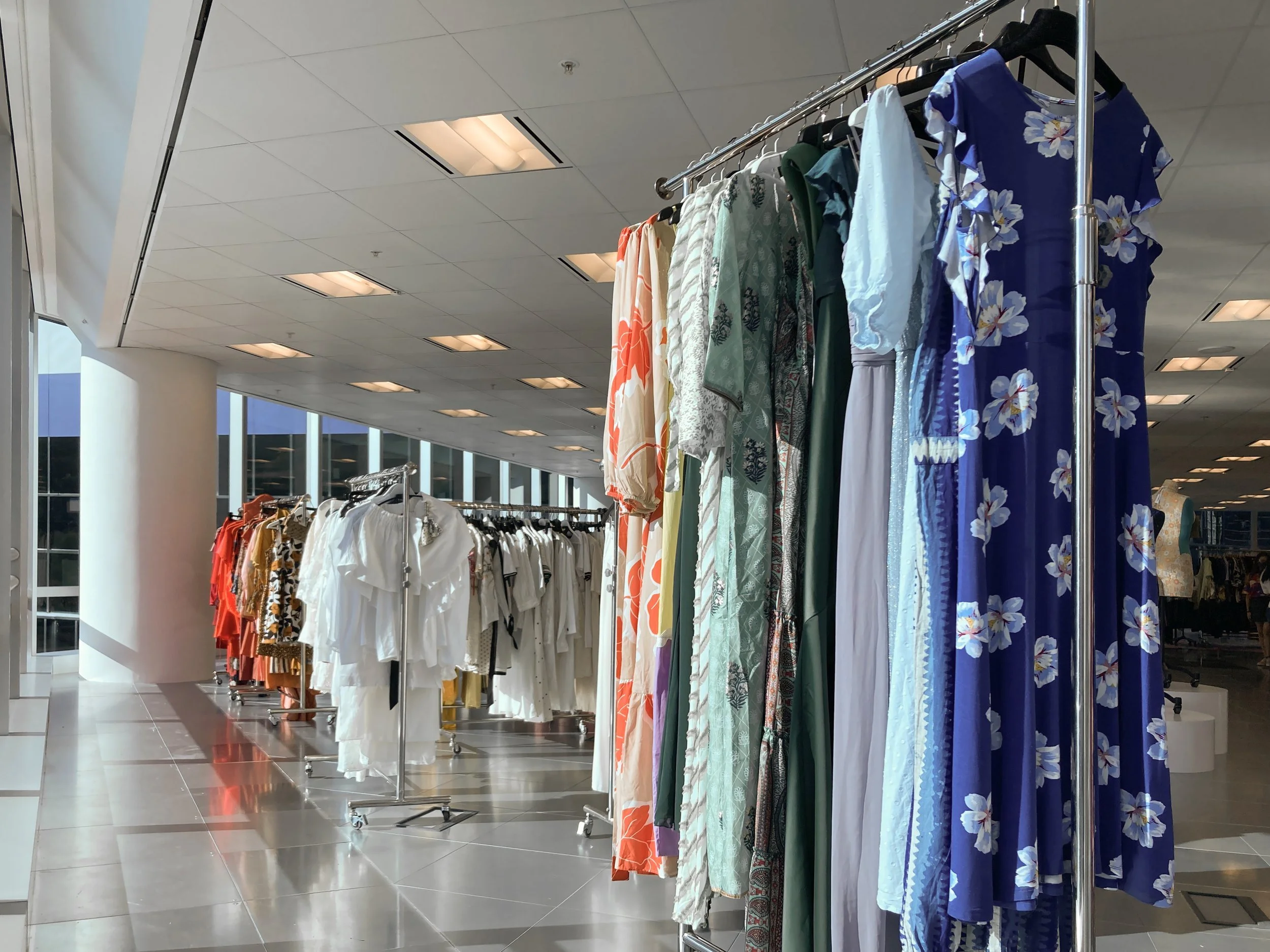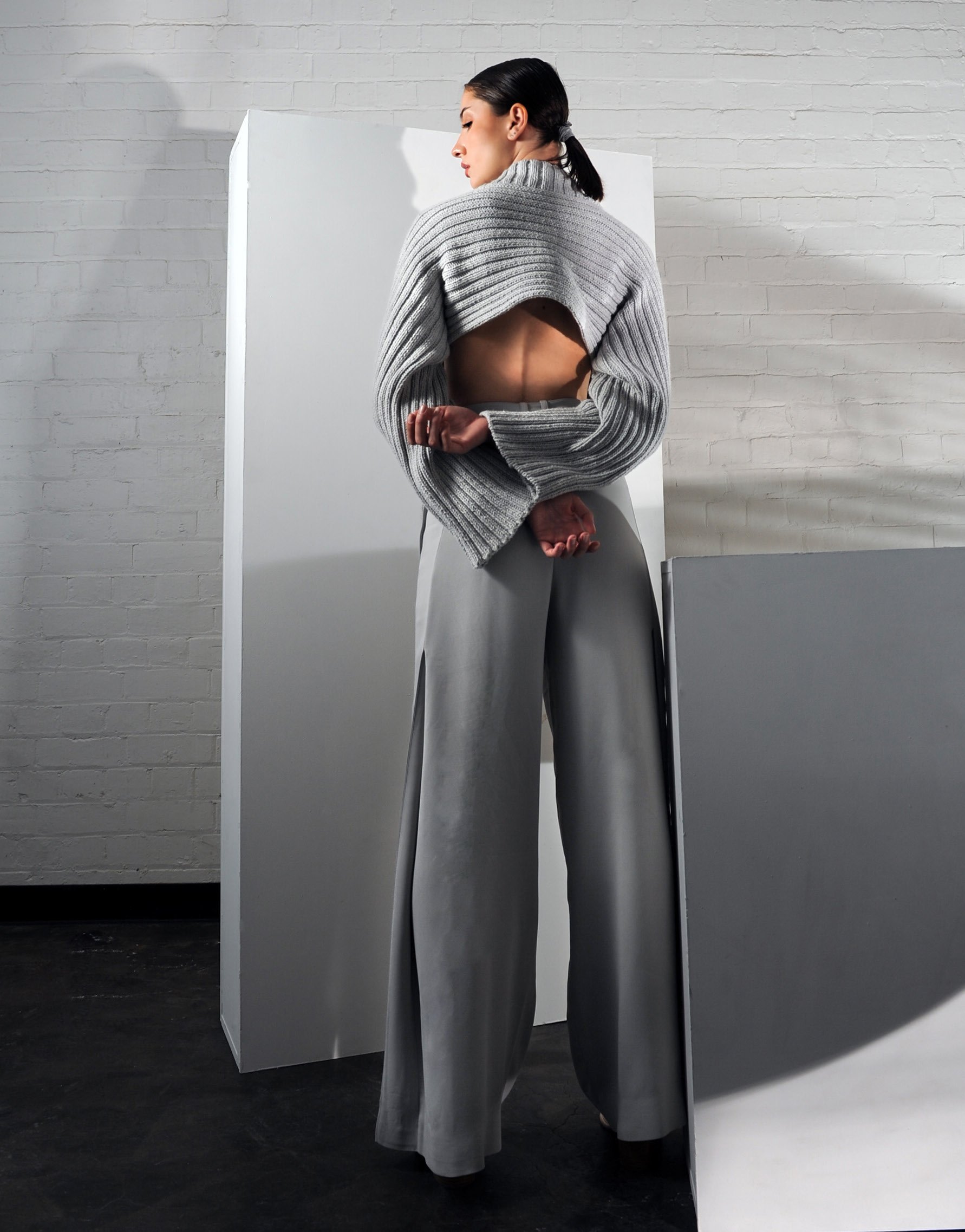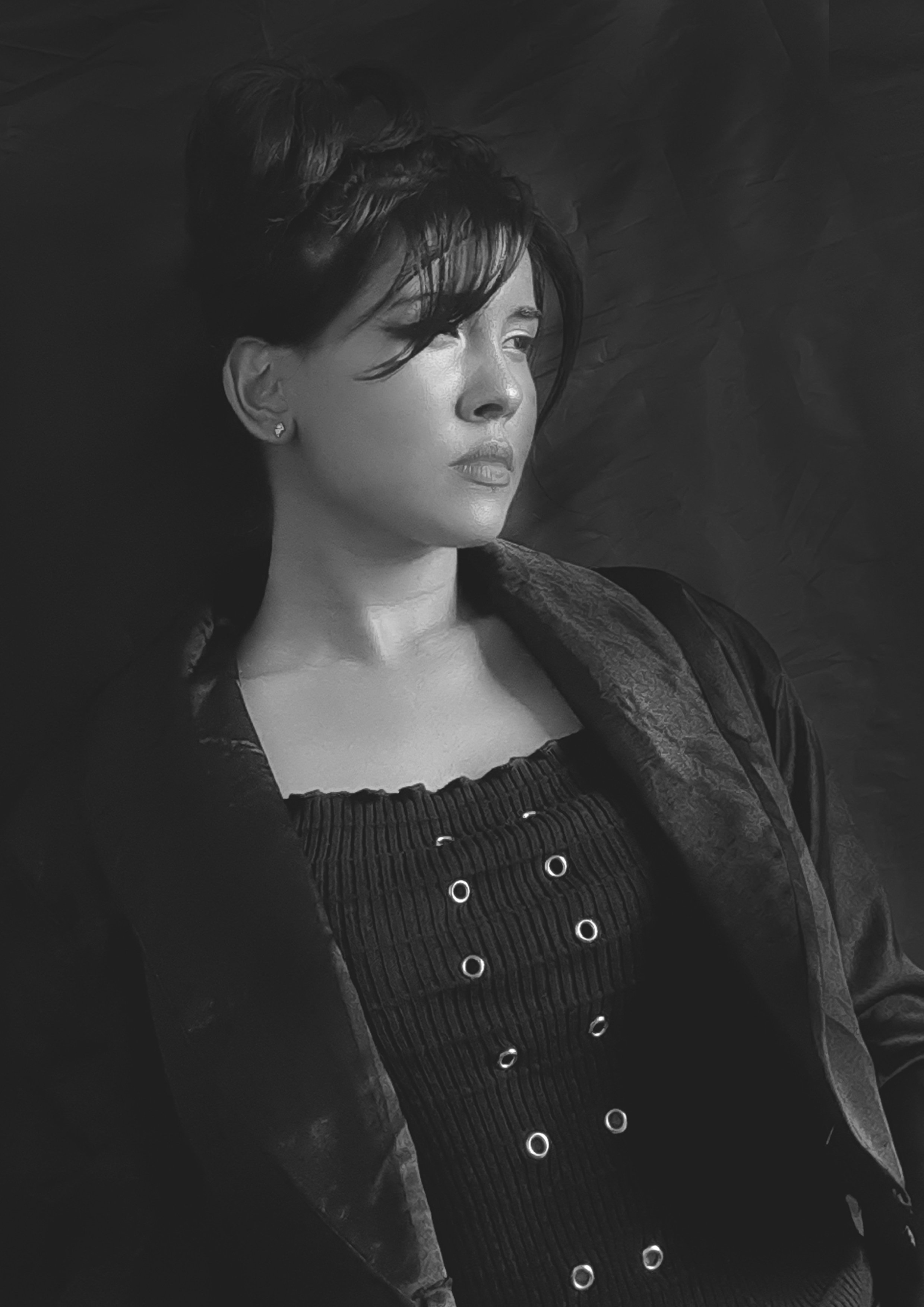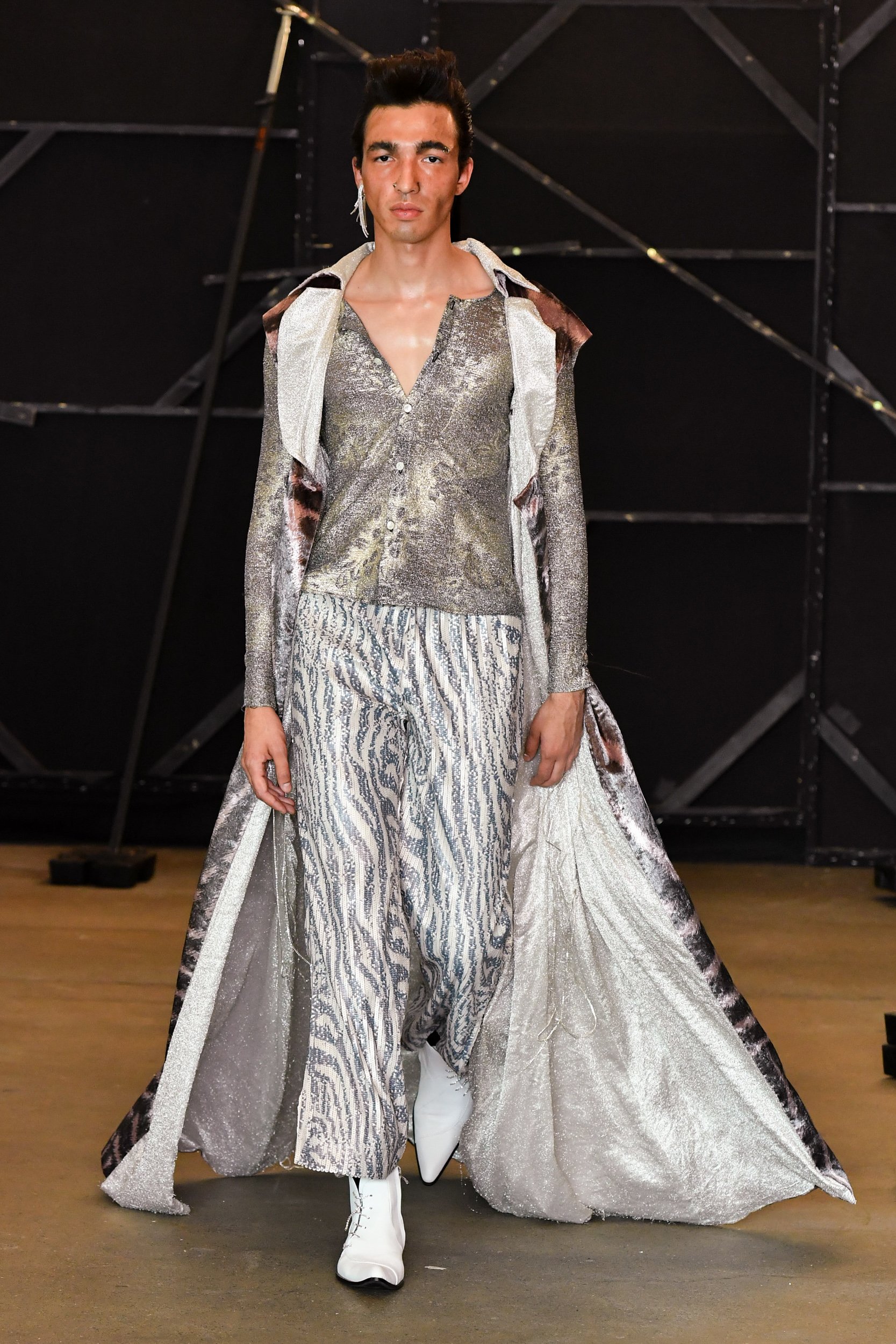Drina Marco

Drina Marco
SPAIN
“It is necessary to take a look at that mountain of wasted resources, and think about the philosophy that has led us to generate it; to stop just ‘doing’ and start to do by ‘undoing’, or undo by doing (both resources and thinking).”
For designer Drina Marco, the Spanish word “monda” — meaning “fruit peel” — was the first layer to what would become her sustainable collection. From this word, and the issues of material excess she saw around her, Drina began designing garments with simple shapes and the ability to transform playfully according to their cuts as her approach to design for longevity.
“Proposing garments and objects as living things with inexhaustible uses generates new ways of relating to things more closely, slowly, and gently,” shares the designer, who holds an MA in Interdisciplinary Arts from SUR School at University Carlos III of Madrid and a BA in Fashion Design from LCI Barcelona, Spain. She adds that the wardrobe of a few garments “through play, becomes infinite.”
In her collection ‘monda’, the designs adapt their shape and size to the body like external layers of skin. Naturally dyed using vegetable waste, the principal garments feature calm, muted colours, while bright and colourful prints offer a special touch in the complementary pieces. The patterns are designed to transform as bodies go through different life stages, and are digitally printed to save on water and pigment.
Most of the collection is made with cotton from local industrial hotel laundries. “I discovered that tons of hotel bed linens are thrown out as soon as they have the slightest defect, and decided to use them as the biggest part of the collection,” Drina explains.
Rescuing piles of this quality cotton, she cuts patterns directly from the sheet, using the remaining edges to create patchwork fabrics. The trims and threads used to sew the garments are made from the same material as the fabrics, enhancing their recyclability.
“I’ve learned to think beyond material sustainability, and find immaterial ways of proposing more sustainable practices and relationships with clothing,” she shares. “Recyclability is important, but it is even more important to create ways of relating to clothing so that it is no longer consumed as a throwaway object.”
Drina looks forward to establishing her own brand, as well as becoming a teacher to share sustainable design philosophy with teenagers and young people.
Congratulations to Redress for successfully organising the Redress Design Award 2022.
We would like to thank all of our sponsors and partners, without whom the Redress Design Award would not be possible.
Tanja Wessels challenged herself to not buying a single item of new clothing. Read her tips on how you can do it too.
The Redress Design Award is more than just the world’s largest sustainable fashion design competition.
Dive into our photoshoot shining a new light on the future creative frontrunners.
See the stunning looks from the finalists’ collections in our first ever lookbook, professionally styled and shot in studio with Farfetch.
Discover what Redress Design Award alumni have been accomplishing recently, from fashion weeks to master’s collections, publishing research, brand collaborations, and more.
Ashutosh Panda found inspiration for his sustainable collection by looking to the stars — specifically, the magnetar, one of the most powerful neutron stars of the universe.
As a Latino living in Tokyo, Japan, Cris Miranda discovered the beautiful craftsmanship of the kimono and admired its deep cultural meaning and high quality fabric.
For designer Drina Marco, the Spanish word “monda” — meaning “fruit peel” — was the first layer to what would become her sustainable collection.
Federico Badini Confalonieri has always valued nature and the environment. When he learned of the massive issue of microplastics in fashion, he knew he had to find a way to address it.
Showcasing an ability to make something extraordinary out of the ordinary, for her collection Lívia Castro turned to a wardrobe staple: jeans.
When a transgender friend experienced cyberbullying, Nawoda Bandara decided to show solidarity through design.
Seeing fashion companies abandon their garment and fabric samples without much care raised alarms for Patrick Lam.
The collapse of Meethotamulla, a massive garbage dump, on homes in Colombo, Sri Lanka, killed over 30 people, including children — and was a turning point in the life of designer Ruwanthi Gajadeera.
Reflecting the competition’s creative legacy of revaluing waste, the editorial photoshoot of the Redress Design Award 2022 unveils a warehouse of renewed wear to showcase our finalists’ looks.
Since the approval of the EU Green Deal in 2019, the European Union has emerged as the world’s leading policy maker on sustainability issues.
After winning the Redress Design Award 2021, Jessica Chang immediately joined the Timberland design team in China, working remotely to collaborate on their upcoming Lunar New Year 2023 collection, ‘Year of the Rabbit’.
Shop or browse the latest sustainable collections from Redress Design Award alumni brands.





























